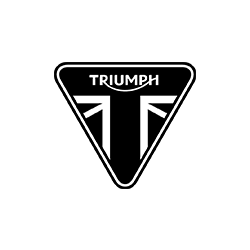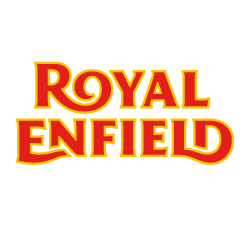How Much Motorcycle Can I Afford? A Guide to Making the Right Choice
AI Generated
Buying a new motorcycle is an exciting journey, whether you're eyeing a sleek sportbike, a powerful cruiser, or a versatile adventure bike. However, one essential question you should ask yourself is, How much motorcycle can I afford? While it's tempting to go all-in on the latest model, it's crucial to balance your budget with your riding needs. This guide will help you make an informed decision, ensuring you get the best motorcycle for your money without compromising on what matters most to you.
1. Assess Your Budget
Before diving into the world of motorcycles, start by assessing your budget. Consider:
- What’s my maximum spend? Determine how much you’re comfortable spending, including insurance, gear, and any potential accessories.
- Do I need financing? Many motorcycle dealerships offer financing options, making it easier to afford a higher-end model. Just be sure to factor in interest rates and monthly payments.
A general rule of thumb is to buy within your means while leaving room for other necessary expenses, such as maintenance and riding gear. However, don't be afraid to invest a bit more if you find a motorcycle that truly suits your needs and riding style.
2. Consider the Type of Riding You’ll Do
The type of motorcycle you need will greatly influence how much you should spend. Are you planning to commute daily, take long road trips, or hit the trails? Here's a quick guide:
- Commuting or City Riding: If you’re using your motorcycle mainly for commuting or city rides, a mid-range standard or commuter bike could be sufficient. These typically range from $3,000 to $8,000.
- Touring or Long-Distance Riding: For long-distance touring, you might want to invest in a touring bike, which usually starts around $10,000 and can go well beyond $20,000, offering comfort and advanced features for extended rides.
- Sport or Performance Riding: If performance and speed are your priorities, sportbikes can range from $6,000 to $15,000 or more, depending on the model and features.
- Off-Road or Adventure Riding: Adventure and dual-sport bikes, designed for both on-road and off-road use, typically start around $5,000 and can go up to $15,000 or more.
3. Factor in Additional Costs
When budgeting for a motorcycle, remember that the bike itself is just part of the total cost. Additional expenses include:
- Riding Gear: A quality helmet, jacket, gloves, boots, and protective pants are essential. Depending on the brand and materials, gear can add anywhere from $500 to $2,000 or more to your budget.
- Insurance: Motorcycle insurance varies based on factors like your age, location, and the type of bike. Make sure to get quotes and factor this into your overall budget.
- Maintenance and Upkeep: Regular maintenance is key to keeping your motorcycle in good shape. Budget for things like oil changes, tire replacements, and other routine services.
- Accessories: Items like luggage racks, windshields, and custom seats can enhance your riding experience but will also add to the overall cost.
4. New vs. Used Motorcycles
Another crucial decision is whether to buy a new or used motorcycle. New bikes come with warranties and the latest features, but they’re more expensive. Used motorcycles offer savings but require careful inspection to avoid potential issues.
If you’re considering a used motorcycle:
- Check the bike’s history report for any accidents or significant repairs.
- Inspect the condition of the frame, engine, tires, and brakes.
- Take the bike for a test ride to ensure it handles well and meets your expectations.
5. Balancing Quality and Affordability
It's important to find a balance between quality and affordability. While it’s tempting to go for the top-of-the-line model, you don’t necessarily need the most expensive bike to enjoy your rides. Mid-range motorcycles often provide excellent performance and features without requiring a massive investment.
Look at different brands and models within your budget, and consider what features are essential for your riding style. Don’t hesitate to ask for advice from experienced riders or consult online reviews to get a better idea of which bikes offer the best value for money.
6. Think Long-Term
While staying within budget is important, also consider your motorcycle as a long-term investment. A well-chosen bike can serve you for many years, so it might be worth spending a bit more upfront to get a model that fits your current needs and has room to grow with your riding experience.
Think about your future riding goals. If you plan to take longer trips or expand your riding into new terrains, it may be worthwhile to invest in a bike that can accommodate those plans rather than needing to upgrade sooner than expected.
7. Look for Deals and Discounts
To get the best deal, keep an eye out for sales, discounts, or promotions, especially during the off-season. Many dealerships offer incentives or financing deals that can make a more expensive motorcycle more affordable. Additionally, consider certified pre-owned motorcycles, which can provide a like-new experience at a lower cost.
Conclusion: Finding the Right Motorcycle for Your Budget
Determining how much motorcycle you can afford involves more than just looking at the price tag. By carefully assessing your budget, considering your riding needs, and accounting for additional costs, you can find a motorcycle that not only fits your lifestyle but also brings you joy on the road. Whether you're a new rider or a seasoned enthusiast, there’s a motorcycle out there that’s perfect for you—just make sure it’s one you’ll love riding for years to come. Happy riding!




